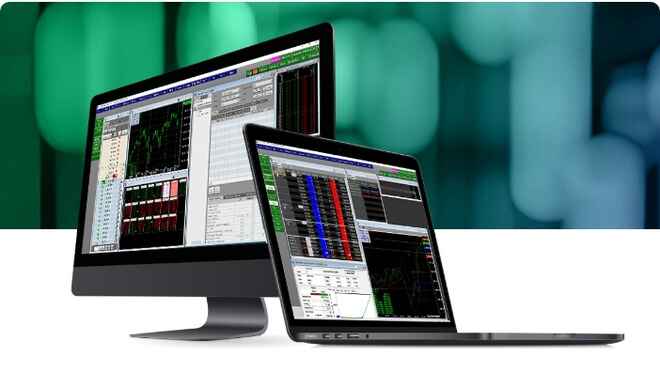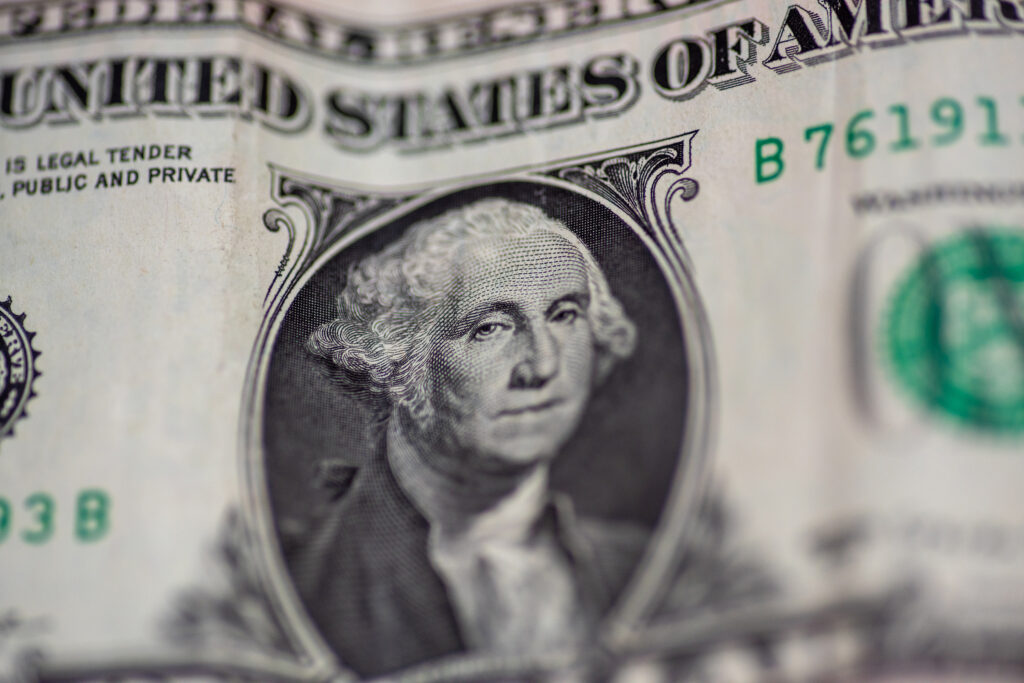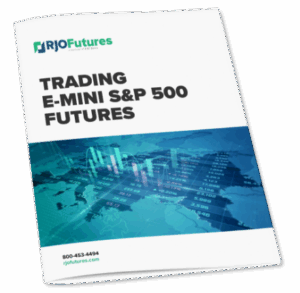Why Trade the Dollar Futures Index?
Investing in US dollar index futures is a convenient way to profit from a movement in the value of the US dollar. If you feel strongly that macroeconomic conditions will cause the dollar to strengthen relative to other currencies, for example, trading futures allows you to make a bet on that outcome occurring. The USDX is also widely used as a hedging instrument.
Which Currencies are in the Index?
The US Dollar Index includes the Euro, the British pound, Swiss franc, the Japanese yen, Canadian dollar, and Swedish Krona. These currencies are chosen because all these nations share tight economic and trading links with the United States. It’s important to note that these six currencies are not set in stone; another nation with close trading links to the US may someday replace one of the six currencies in the basket. Additionally, there are other trading instruments that provide exposure to dollar futures, although USDX is the most popular.
How is the Index Weighted?
Non-US currencies in the index are not represented equally. For example, the Euro is weighted to comprise more than 57% of the index, given that it represents numerous European nations with trading links to the US. The yen (13%) and British pound (11%) are the next highest weighted, while the Canadian dollar (9%) krona (4%) and franc (3%) are the lowest weighted.
Trading Dollar Index Futures
Trading the index is easy and straightforward as it can be approached just like any other index. Instead of trading US dollars against individual currencies, the index allows you to trade against a much broader group of them, which offers many of the same benefits of any index instrument. These include lower risk and volatility through broader exposure and creating a trade that largely mimics overall market sentiment.
A futures contract can be purchased with expiration dates in 4 months: March, June, September and December. Contracts trade 21 hours each day. New traders should pay close attention to broad macroeconomic conditions when trading dollar futures. For example, things such as rate hikes, or broader instability (political or economic) can strengthen the dollar.
Trading Dollar Index Futures Using Charts and Analysis
As with other index trades, it’s possible to glean information about the possible future movement of USDX by examining its historical price action via charts. Looking for trends, channels, breakouts and other common technical strategies can help give traders a leg up. For example, a trader may identify a promising long-term trend, then use a technical indicator to identify the most promising entry point for a new position.
In addition to technical analysis, traders should also consider fundamental analysis. This includes things such as economic data (unemployment, consumer spending, inflation, retail sales etc.), policy changes from the Federal Reserve (interest rate hikes) and other governmental/regulatory entities. Those seeking to trade over short timelines should focus more on technical analysis.
Considerations for Dollar Index Futures Investing
The US dollar is a classic global “safe haven” investment that is often used as a hedge or shelter when other commodities, currencies or equities are viewed as too risky for the current macro environment. As the world’s de facto reserve currency, the US dollar can perform especially well during periods of elevated risk and uncertainty. For example, the index rose sharply in March 2020 at the beginning of the COVID-19 pandemic, while the stock market faced a sustained sell-off. It’s also important to consider conditions that impact currencies within their native markets, as the US Dollar Futures Index gauges relative strength.
Another interesting feature of dollar index futures trading is the tendency of the US dollar to strengthen during times of domestic economic growth and in times of economic uncertainty (due its perception as a safe haven asset). This can form a “smile” pattern on charts: Periods of risk aversion and US economic growth each create a line going up on each side, while a straight line in the middle represents periods of slow economic growth in the US. This concept, which was coined the “Dollar Smile Theory,” can provide some broad context for traders seeking to leverage this tendency to their benefit.
How RJO Can Help You Trade Dollar Index Futures
RJO Futures offers traders an unrivaled combination of technically advanced trading tools and access to some of the most seasoned currency trading experts in the business. If you’d like to begin investing in dollar futures, RJO can help you ensure that you are equipped with the right platform, insight and support you need to begin trading with confidence. Contact us today for more information!



